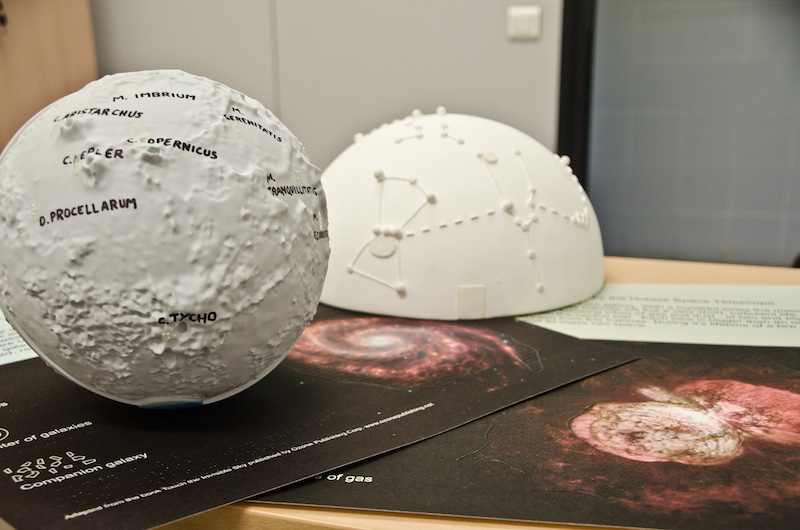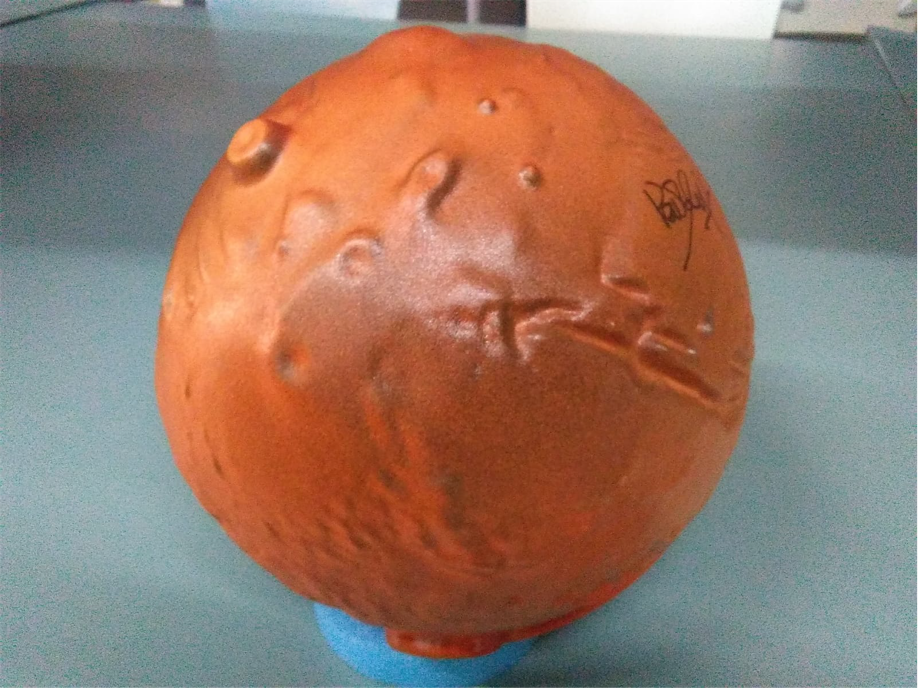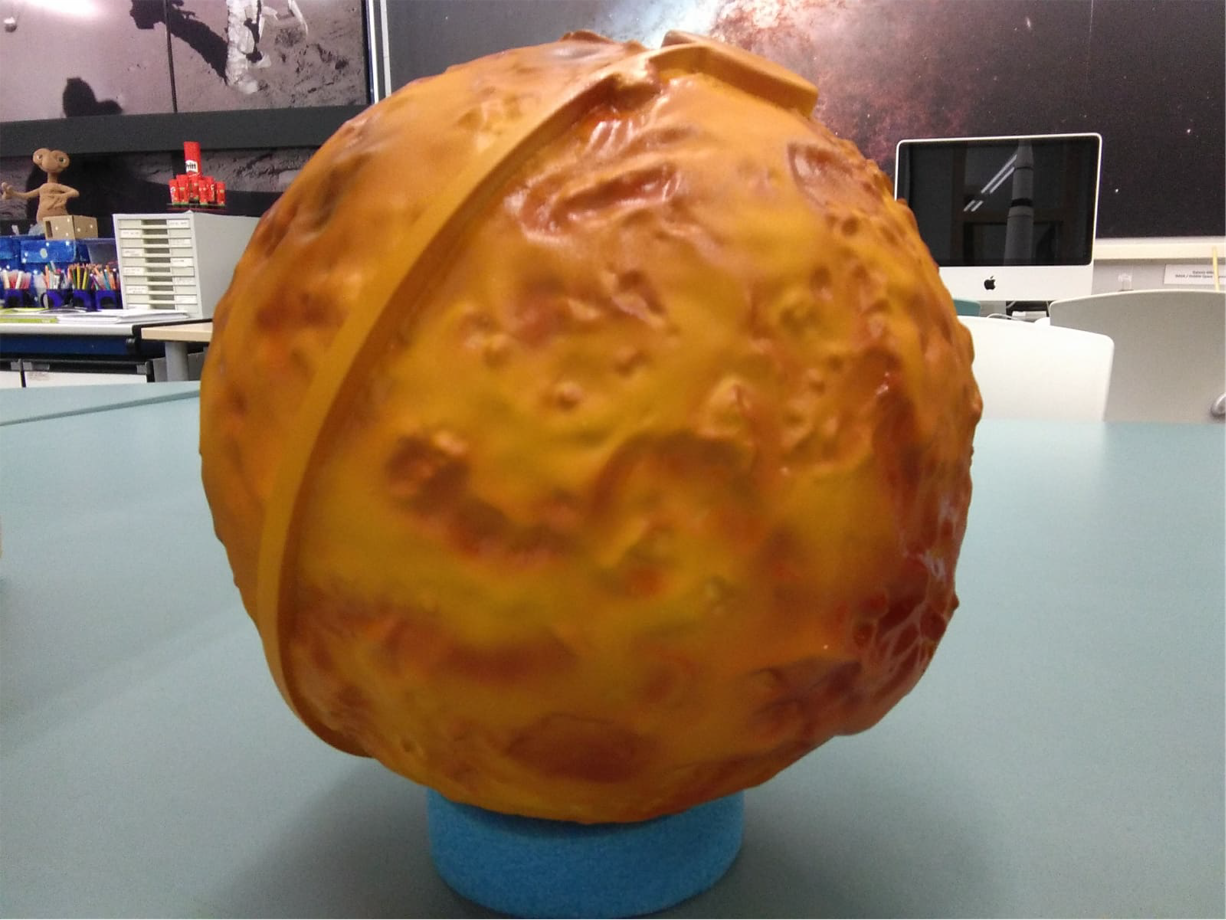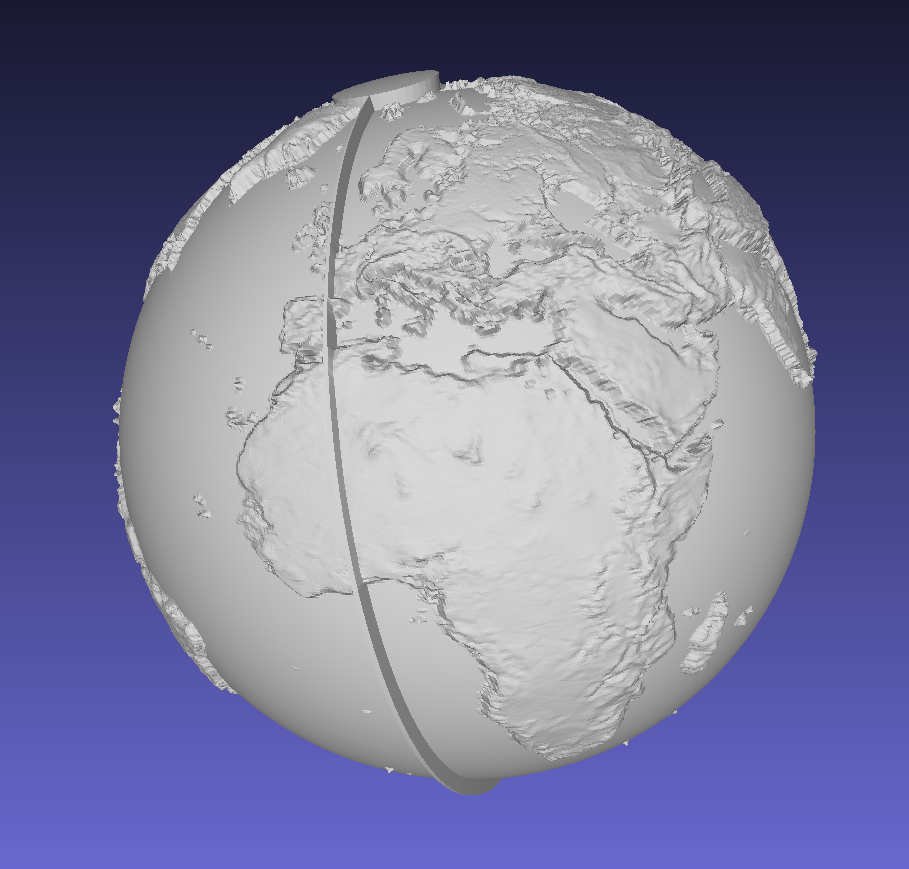Mapelia: Your Swiss Knife to Tactile Planetary Globes
- University of Valencia Astronomical Observatory (Spain)
Abstract
Since 2011 our group at the University of Valencia Astronomical Observatory has been developing tactile 3D models of planetary bodies in order to make planetary sciences more accessible to all publics, in particular, blind or visually impaired people.
The first model we produced was a tactile globe of the Moon, that was kindly funded by Europlanet through its annual call for funding outreach projects[1]. The model was produced through a rather lengthy and laborious process that involved using four different kinds of software.
The tactile Moon was so successful that we started a whole project - called “A Touch of the Universe” - with the goal of developing tactile astronomical resources for outreach and education, in particular, the creation of planetary 3D tactile models[2] (Fig.1).
The larger number of 3D models that we wanted to produce, together with our wish to allow other researchers to be able to produce their own tactile globes, inspired us to develop a quick, easy-to-use software for everyone to enjoy: “Mapelia and friends” [3].
Mapelia is a tool written in Python that uses as input jpg or png files that contain maps (that is, gridded datasets where the value of each pixel is the elevation) in any of the following projections: equirectangular, Mercator, central cylindrical, Mollweide or sinusoidal. The output of the program is a 3D file (of polygons like .ply or .stl, or points in space like .asc), that can be visualized and manipulated with programs like MeshLab or Blender.
Mapelia is accompanied by its “friends” guapelia, pintelia, poligoniza, stl-split and smooth, which add some other functionalities to Mapelia. In particular, guapelia is a GUI to use mapelia and pintelia converts maps into coloured 3D images.
The software has allowed us to make the tactile 3D models of Mars (Fig.2), Mercury, Venus (Fig. 3) and, more recently, the Earth (Fig. 4).
The software is freely available for downloading from the “A Touch of the Universe” website (https://astrokit.uv.es) and Github.
Acknowledgment
This work has been funded by the project PID2019-109592GB-100/AEI/10.13039/501100011033 from the Spanish Ministerio de Ciencia e Innovación - Agencia Estatal de Investigación.
Bibliography
[1] Ortiz-Gil, A. (2018) “3D Tactile Moon”, in Proceedings of the EPSC 2018, Berlin (Germany),
id.EPSC2018-869
[2] A Touch of the Universe, https://astrokit.uv.es
[3] Ortiz-Gil, A. & Burguet-Castell, J. (2018) “Mapelia and friends: create 3D models from maps”,
Journal of Open Source Software -2475-9066, 3, 25, 660-661. doi: 10.21105/joss.00660

Fig. 1. The tactile Moon is now part of a larger kit of tactile resources for the blind and visually impaired. Credit: A Touch of the Universe

Fig. 2. Mars model created with “Mapelia and friends”, signed by ESA astronaut Luca Parmitano. Credit: A Touch of the Universe

Fig. 3. Venus model created with “Mapelia and friends”. Credit: A Touch of the Universe

Fig. 4. Earth 3D model created with “Mapelia and friends”. Credit: A Touch of the Universe
How to cite: Ortiz-Gil, A. and Burguet-Castell, J.: Mapelia: Your Swiss Knife to Tactile Planetary Globes, European Planetary Science Congress 2021, online, 13–24 Sep 2021, EPSC2021-873, https://doi.org/10.5194/epsc2021-873, 2021.

